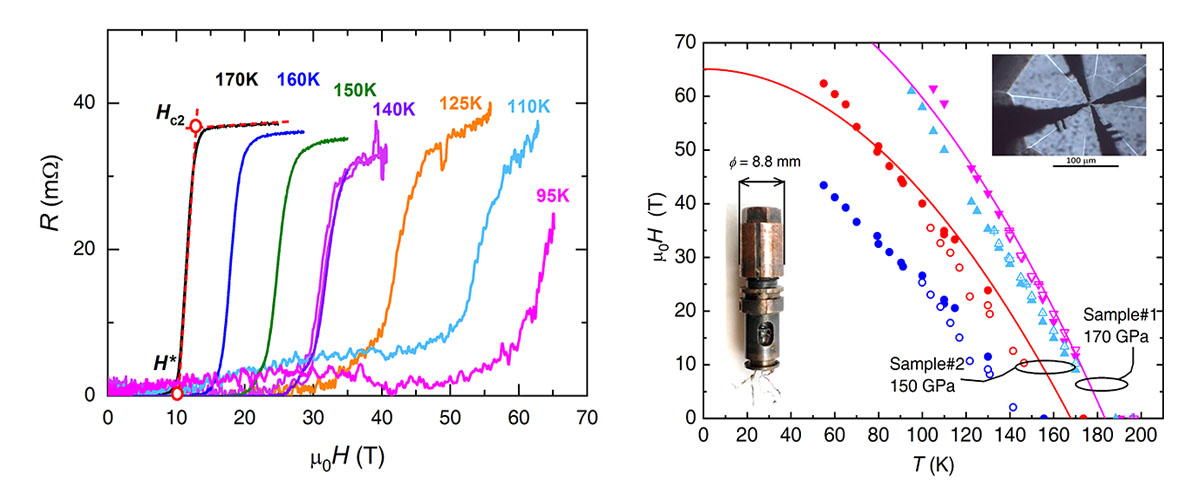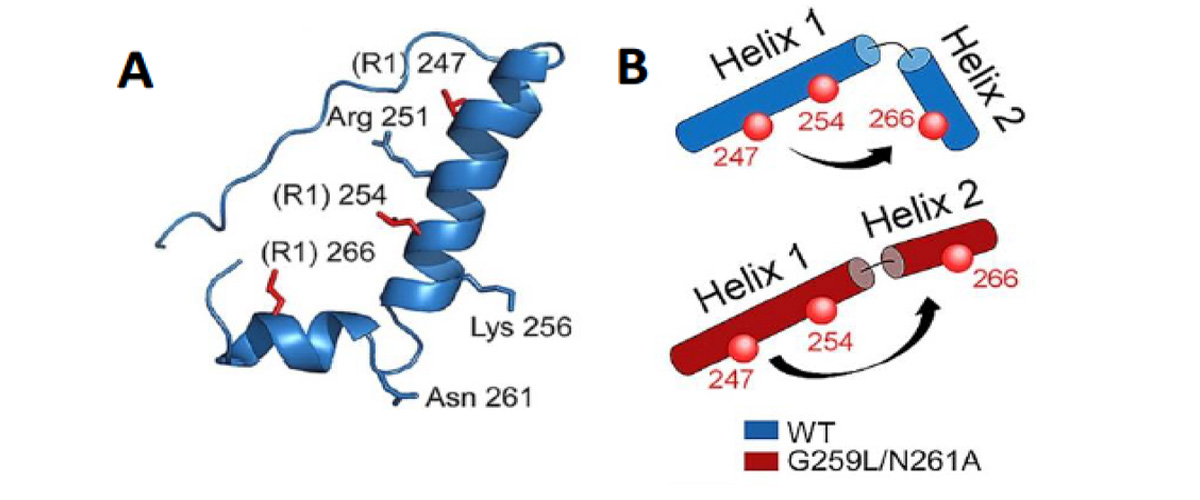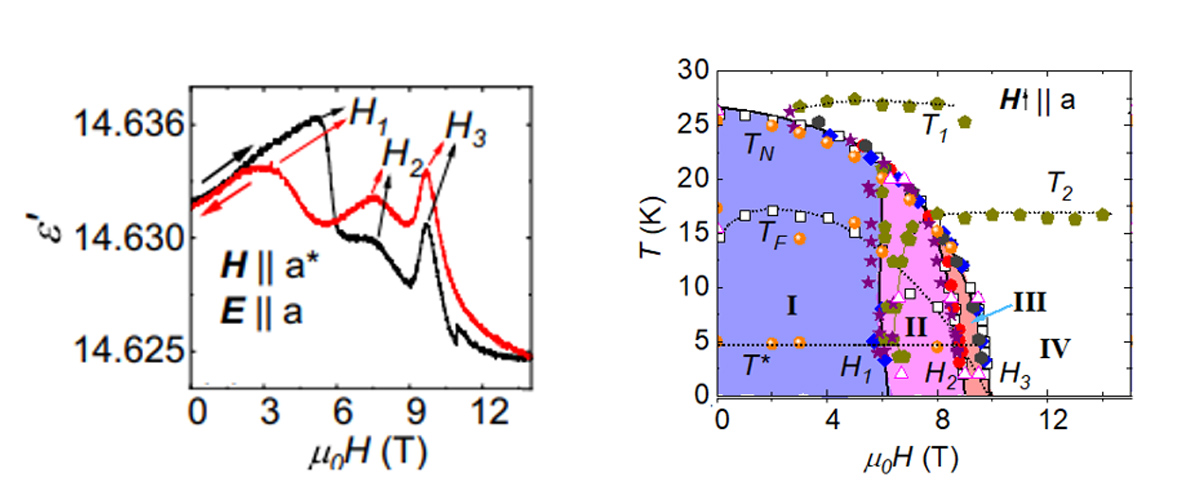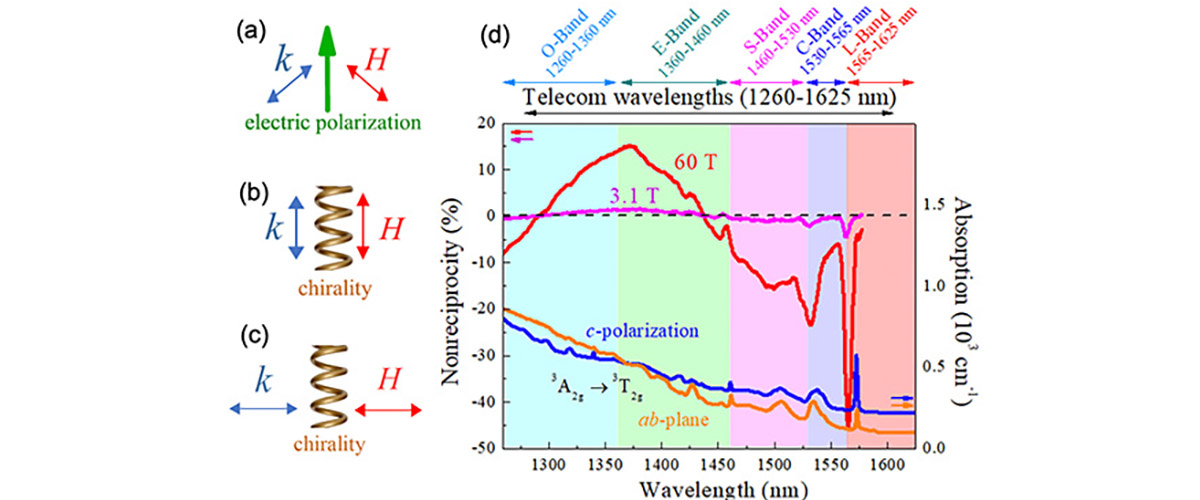What did scientists discover?
A recent collaboration among researchers at the MagLab and the Max Plank Institute for Chemistry characterized the high-magnetic-field properties of the hydride superconductors, the latest leap forward on the road to room-temperature superconductivity. Hydrogen sulfide, a gas that smells like rotten eggs, first becomes metallic then superconducting when squeezed between two anvils made of diamonds to pressures above one million atmospheres. At 170 GPa (about half the pressure estimated to exist at the Earth's core) the superconducting transition temperature achieves 203 Kelvin (about -70 degrees Celsius or -94 Fahrenheit), which is much higher than most known superconductors.
Why is this important?
Superconductivity is a state of a material in which the electrical resistance is exactly zero, meaning a current can flow without any frictional losses. The world will become a different place if room-temperature superconductivity is discovered and superconductivity can replace conventional conductivity in metals, in which friction and heating results in a waste of energy.
Who did the research?
S. Mozaffari1, L. Balicas1, V. S. Minkov2, D. Knyazev2, M. I. Eremets2, M. Einaga3, K. Shimizu3, D. Sun4, F. F. Balakirev4
1National MagLab, Florida State University; 2Max-Planck-Institut fur Chemie; 3Osaka University; 4National MagLab, Los Alamos National Laboratory
Why did this research need the MagLab?
High-temperature superconductors require very high magnetic fields to fully understand their properties. MagLab researchers found that fields as high as 100 teslas might not be strong enough to fully suppress superconductivity in hydrogen sulfide.
Details for scientists
- View or download the expert-level Science Highlight, Superconducting Hydride under Extreme Magnetic Fields and Pressure.
- Read the full-length publication, Superconducting phase diagram of H3S under high magnetic fields, in Nat. Commun.
- Read the full-length publication, Superconductivity at 250 K in lanthanum hydride under high pressures, in Nature
Funding
This research was funded by the following grants: G.S. Boebinger (NSF DMR-1157490, NSF DMR-1644779); Balicas (DoE-BES DE-SC0002613); Eremets(ERC- 267777)
For more information, contact Luis Balicas.






